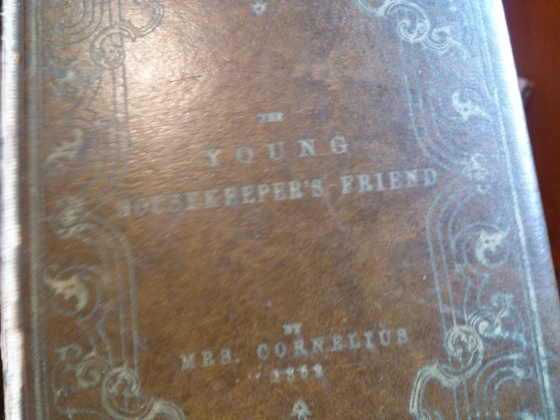I’ll be honest. I haven’t actually made this recipe yet. But I was working at Menno Haven Camp when Betty Detweiler was the head cook and her oatmeal rolls were the best bread I’ve ever tasted. I will, I promise myself, try my hand at these myself someday.
 1 1/2 cups boiling water
1 1/2 cups boiling water
1 cup quick cooking oats or 1 1/4 cups leftover oatmeal*
1/2 cup brown sugar or honey
1/3 cup margarine
1 T yeast
1/2 cup warm water
2 eggs
1 T salt
6 cups of flour
Mix boiling water, oatmeal, margarine, and brown sugar. Let it cool. Into the cooled mixture add the eggs, salt and yeast. Add flour and knead (use additional flour if too sticky). Form into loaves or rolls and let rise in a warm place until about double in size. Bake at 340 degrees for 40 minutes. Makes 2 loaves or 24 rolls.
*If using leftover oatmeal, reduce boiling water to 1 cup. You may also need less flour than 6 cups.

 1 cup vegetable oil
1 cup vegetable oil



